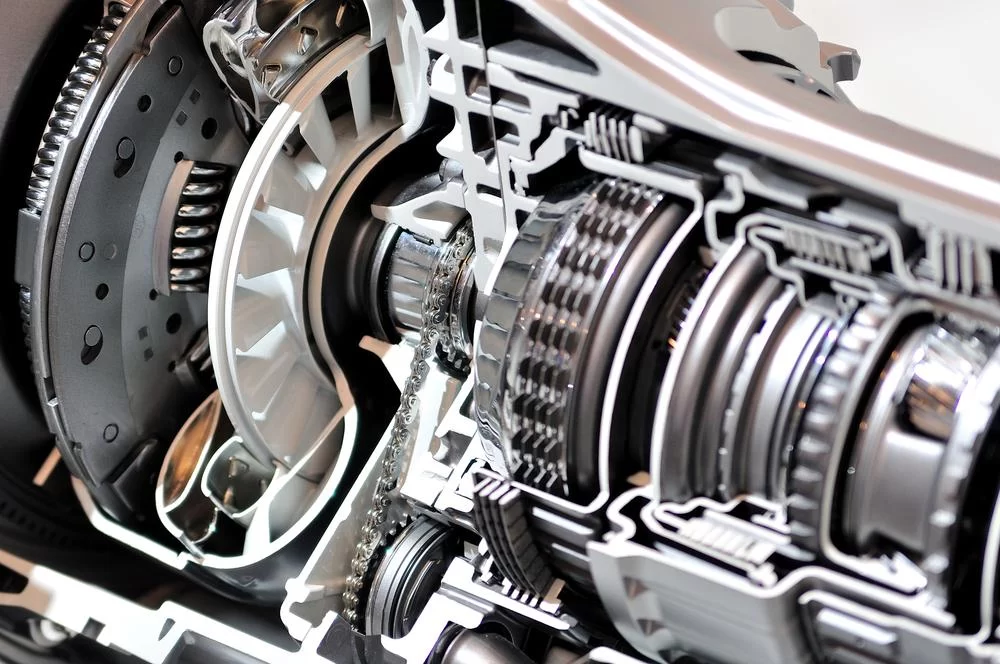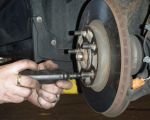Understanding and Handling Car Transmission Problems
Car transmission problems can be daunting for any vehicle owner, but with the right knowledge and tools, you can address and even prevent these issues. The transmission system in a car plays a crucial role in transferring the engine’s power to the wheels, enabling the vehicle to move. If the transmission isn’t working properly, it can lead to a host of driving issues and costly repairs. In this article, we’ll discuss how to identify transmission problems, how to handle them, and the steps you can take to maintain your car’s transmission in optimal condition.

Pick Your Part - Help Yourself
1232 Blinn Ave, Wilmington, CA 90744, USA
1. Common Signs of Transmission Problems
The first step in addressing transmission problems is recognizing the warning signs. Early detection can prevent further damage and save you from costly repairs. Here are some of the most common signs that your car may be experiencing transmission issues:
- Unusual Noises: If you hear grinding, whining, or clunking noises when the car shifts gears, it’s an indication that something is wrong with the transmission. These sounds could be due to a lack of transmission fluid or internal damage.
- Delayed or Sluggish Shifting: If there’s a delay or hesitation when shifting between gears, it could mean that the transmission isn’t engaging properly. You may also notice that your car has trouble staying in gear, especially when accelerating.
- Check Engine Light: The check engine light is a general warning that something is wrong with your car. If it comes on and you experience any other symptoms of transmission problems, it’s essential to get the issue diagnosed right away.
- Fluid Leaks: Transmission fluid is vital for the proper functioning of your transmission system. If you notice red or brown fluid underneath your car, it’s a clear sign of a transmission fluid leak that could be causing the issue.
- Slipping Gears: Slipping gears occur when the transmission unexpectedly changes gears while you’re driving, causing the engine to rev higher than usual. This can be a dangerous situation that should be addressed immediately.
2. What Causes Transmission Problems?
Transmission problems can arise from a variety of causes. Some of the most common factors contributing to transmission issues include:
- Lack of Maintenance: Transmission systems require regular maintenance, including fluid changes and inspections. Neglecting routine maintenance can lead to the buildup of dirt and debris, causing the transmission to malfunction.
- Low or Contaminated Fluid: Transmission fluid lubricates the internal components of the transmission. Low or dirty fluid can cause overheating and lead to poor shifting and eventual failure.
- Worn-Out Components: Over time, the internal components of the transmission, such as gears and bearings, can wear out due to excessive use. This can lead to slipping gears, delayed shifting, and other performance issues.
- Overheating: Transmission systems can overheat if they don’t have enough fluid or if the fluid is too old. Overheating can cause serious damage to the transmission, often requiring costly repairs or replacement.
- External Damage: Physical damage from accidents or road debris can also cause transmission problems. A damaged transmission housing or cracked components may require a full replacement.
3. How to Handle Transmission Problems
When faced with transmission problems, it’s important to address them quickly to avoid worsening the situation. Here are some steps you can take to handle transmission issues:
- Check the Transmission Fluid: One of the first things you should do is check the transmission fluid level. If the fluid is low or dirty, it may need to be topped up or replaced. Be sure to use the correct type of fluid for your car, as specified in the owner’s manual.
- Diagnose the Problem: If you notice any of the signs mentioned earlier, it’s important to get a proper diagnosis. Use an OBD-II scanner to check for any error codes that might point to transmission issues. You can also visit a mechanic or transmission specialist for a more detailed diagnosis.
- Consult a Professional: While some minor transmission issues can be handled at home, most transmission problems require professional attention. A certified mechanic will have the necessary tools and expertise to properly inspect, diagnose, and repair your transmission.
- Consider Fluid Replacement: If the fluid is contaminated or hasn’t been changed in a long time, replacing the transmission fluid can sometimes resolve minor issues. This can be done during a routine service or repair appointment.
- Avoid Delaying Repairs: If you notice any of the warning signs, don’t wait too long to get the issue addressed. Prolonging repairs can cause further damage to your transmission, leading to more expensive repairs or even the need for a full transmission replacement.
4. Real-Life Example: A Transmission Story
Consider the story of Emily, who was driving her car when she noticed a delay in shifting gears. She also heard a strange whining noise coming from the transmission. At first, she thought it was a minor issue that would go away, but the problem persisted. After checking the fluid and noticing that it was low, Emily topped it up and hoped for the best. However, the issue worsened, and she eventually had to call a towing service to take her car to a mechanic. The mechanic diagnosed a worn-out clutch and a need for a fluid flush. Fortunately, Emily was able to address the problem early enough to avoid a full transmission replacement, saving her hundreds of dollars in the process.

Pick Your Part - Greer
13054 E Wade Hampton Blvd, Greer, SC 29651, USA
5. Preventing Transmission Problems
The best way to handle transmission problems is to prevent them from occurring in the first place. Here are some preventative measures you can take to extend the life of your car’s transmission:
- Regular Fluid Checks: Check your transmission fluid regularly to ensure it’s at the correct level and in good condition. If you notice any changes in color or texture, it may be time for a fluid change.
- Routine Maintenance: Follow the manufacturer’s recommended maintenance schedule for your vehicle. This includes regular inspections and fluid changes, which can help prevent transmission problems.
- Avoid Overheating: Overheating is one of the leading causes of transmission failure. Ensure that your vehicle is not overloading or towing heavy loads beyond its capacity, as this can strain the transmission and cause overheating.
- Drive Smoothly: Avoid aggressive driving, such as rapid acceleration or hard braking, which can put excessive stress on your transmission system.
6. Why Choose Us for Your Towing Needs
If you’re experiencing transmission problems and need a reliable towing service, Rescue & Towing is here to help. Our team offers fast, efficient towing for vehicles with transmission issues and other mechanical problems. We specialize in getting your car safely to a trusted repair shop, so you can focus on fixing the issue and getting back on the road.





























